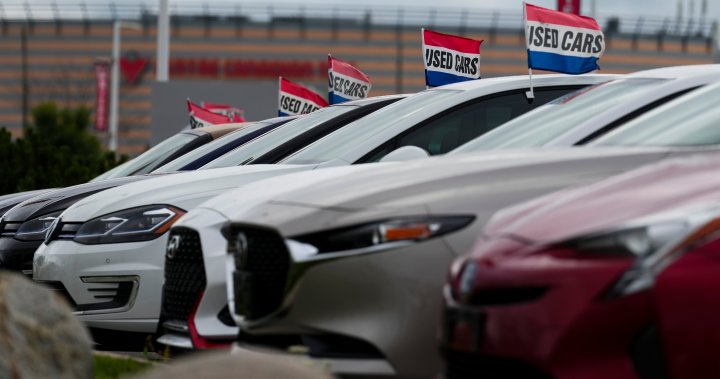As Canadians look for new vehicles in the spring and summer of 2024, they may find some relief from the tight supply and high prices that have plagued the automotive industry in recent years. The disruptions caused by the COVID-19 pandemic led to shortages in supply chains, leaving some buyers waiting for months for new vehicles or paying high prices for used cars. However, experts suggest that the situation is beginning to normalize, with inventories improving and production levels reaching pre-pandemic levels. While some vehicles may still be facing fierce competition, there are signs of improvement across the market.
The shortage of semiconductors, a critical input for modern vehicle manufacturing, had disrupted the production of new cars during the pandemic, affecting both new and used car markets. Prices soared, and dynamics shifted as consumers competed for limited stock. However, experts believe that the industry is finally returning to a state of normality, with signs of resolving supply chain disruptions. North American production of light vehicles increased in 2023, leading to the highest inventory levels in three years at the start of 2024.
While there has been some improvement in inventory levels for new vehicles, shortages persist for the most affordable and in-demand models. Hybrid vehicles, in particular, are facing long waiting times, high prices, and limited negotiating room. Shortages are more prevalent in Canada compared to the United States, with domestic automakers generally having better supply levels than popular overseas manufacturers. Prices for both new and used vehicles are showing signs of easing, with the average price dropping slightly in recent months.
As demand shifts away from used cars due to improving new vehicle supply and higher interest rates affecting low-income consumers, used car prices remain inflated. The slight savings on used vehicles may not be worth the trade-off in quality, especially as interest rates tend to be higher for used vehicles. Despite these challenges, Canadian auto sales have remained sturdy, with pent-up demand driving recent increases. However, factors such as upcoming mortgage renewals may slow down activity in the car market, leading to a more stabilized market with reduced prices and incentives.
Experts predict that auto sales will continue to rise before converging with pre-pandemic levels by 2025. Reduced demand and growing inventory levels are expected to help stabilize prices and offer consumers better deals. Dealers are likely to offer discounts and incentives in categories where supply exceeds demand, such as luxury and electric vehicles, as well as larger vehicles and domestic brands. Buyers looking for deals may need to broaden their horizons and consider lesser-known brands with better inventory levels and fewer competitors.
In the current market, households committed to a single brand may need to be more flexible and consider other options to find deals. Buyers with a specific budget in mind may need to trade down from luxury brands or popular models to less in-demand vehicles. While popular models from brands like Honda or Toyota may have limited negotiating room, there are opportunities for better deals with under-the-radar brands. By being flexible and exploring different options, buyers may be able to negotiate with dealers and secure a better deal in the current automotive market.


